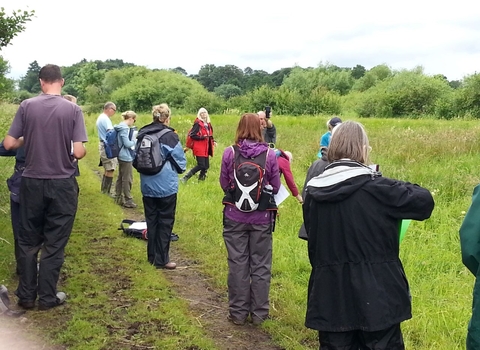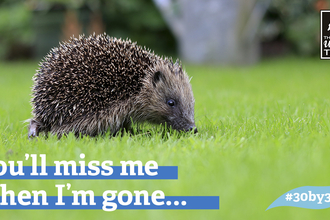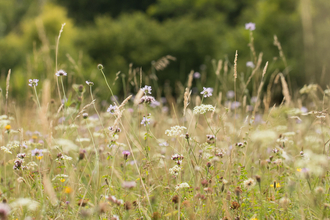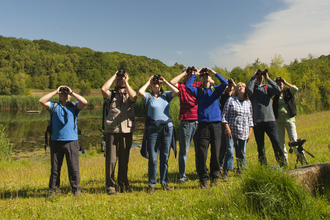The Importance of Habitat Mapping
It is vital that we have a comprehensive habitat map to help Shropshire’s Nature Recovery Network Partnership identify opportunity areas for habitat restoration and creation.
Any habitat restored or created as a result of this project and the Nature Recovery Network (NRN) will help us reach our target of 30% of land for nature by 2030, but before any habitat improvement work can take place on a landscape scale, more knowledge of Shropshire's existing habitats is required. Friends, family and individuals have been trained to survey Habitats of Priority Importance (HoPIs) in Shropshire.
How the data will be used
By having a clear map of habitats, we can supply more accurate data to the Shropshire Nature Recovery Network Partnership to inform habitat creation and restoration opportunities. The data will also be used by land managers, and our advisors, to better manage land for nature. Moreover, the information will be used to inform planning of development and tree planting schemes.
How will this be achieved?
To collect habitat data from across the whole county, we needed as many people as possible to help out. Volunteers have been trained in new skills to enable them to confidently conduct habitat surveys and encouraged to get out into nature and connect with their local landscape.
The map shows current progress of the surveys. Since June 2021 105km2 of Shropshire have been mapped. Thanks to the efforts of everyone involved so far.
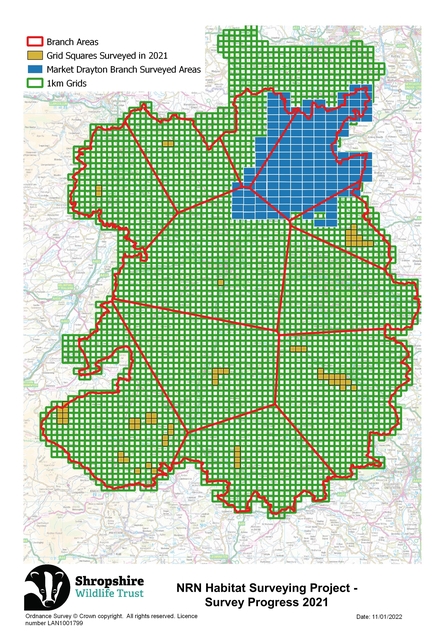
What we have achieved so far
There are twenty Habitats of Priority Importance (HOPI) in Shropshire - these are habitats that are deemed by government to be the most important in the UK including, for example, oak woodlands and lowland meadows. Volunteers helping to map habitats first need to be trained in identifying those habitats, through the recognition of key plant species associated with those habitats. This training has provided an unprecedented number of volunteers with confidence and new skills to help us collectively work towards county-wide, up-to-date habitat knowledge, as well as providing people with aspirations of working in the ecology sector in the future with key experience.
-
177 people trained in surveying
-
105 completed maps
-
632 maps created
-
96 active volunteers are currently involved in surveying
-
5 volunteers are producing basemaps/digitising data
-
10 local branches involved
-
6 staff fully trained in habitat mapping
Watch the video below to hear about the experiences of Habitat Mapping Volunteers and click here for the full playlist showing you how to identify a variety of Shropshire's habitats.
Since starting SWT’s Habitat Mapping project, I feel I know my local landscape in a new way, at a new level. And the idea that we can then start to pinpoint where Nature Recovery could begin, really inspires me.NRN Habitat Mapping Volunteer and Volunteer Liaison

